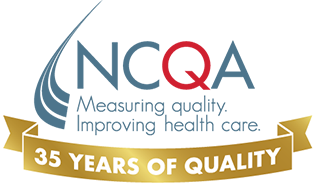Yes. In prior versions of PHQ, NCQA required organizations to include all programs that met the definition of taking action in the survey, NCQA had a narrower definition. Because under PHQ 2013 organization chooses which programs to include or exclude in a PHQ survey, NCQA has broadened the definition so that if it chooses, an organization may opt to have programs certified that may not have been required under the prior PHQ.
For PHQ 2013, NCQA has defined taking action as: 1) Publicly reporting performance on quality or cost, resource use or utilization; 2) Using performance on quality or cost, resource-use or utilization measures as a basis for network design (such as tiering) or benefit design; 3) Using performance on quality or cost, resource-use or utilization measures to allocate rewards under a systematic, pay-for-performance program; 4) Reporting performance on quality, cost, resource use or utilization to physicians to support referral decisions.
If an organization is interested in certification for a program that includes actions not include an action defined above, it should contact NCQA to determine eligibility.
PHQ 2013
